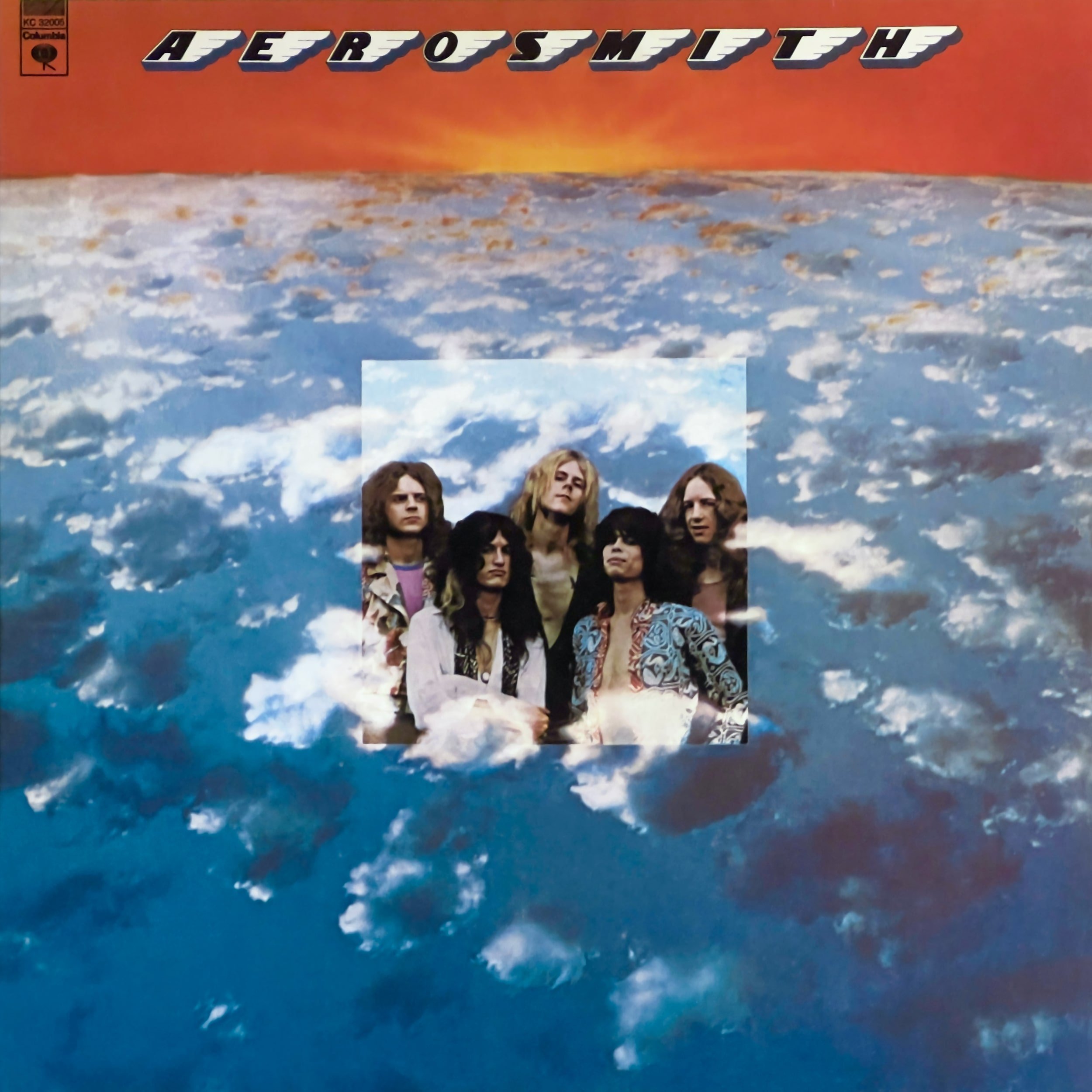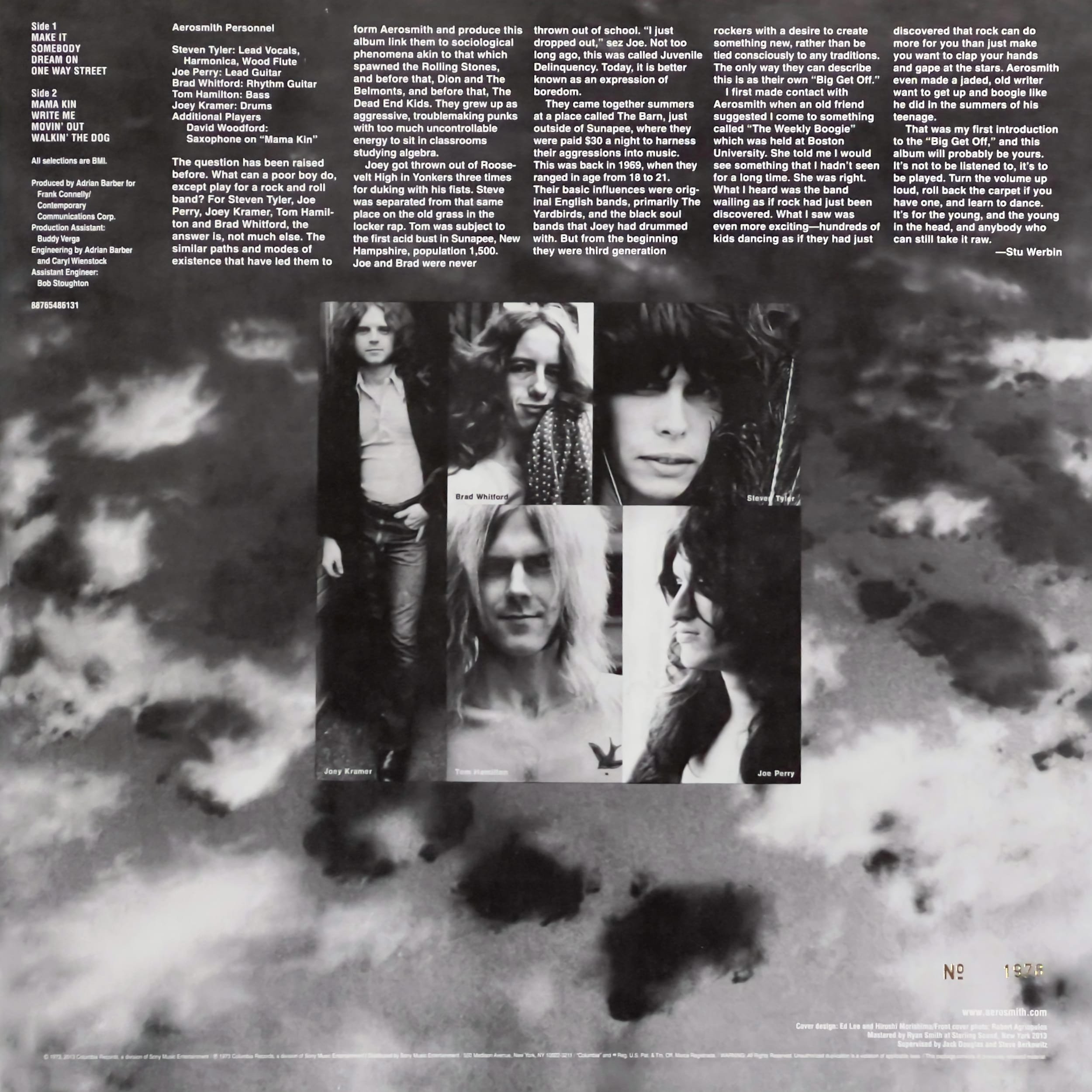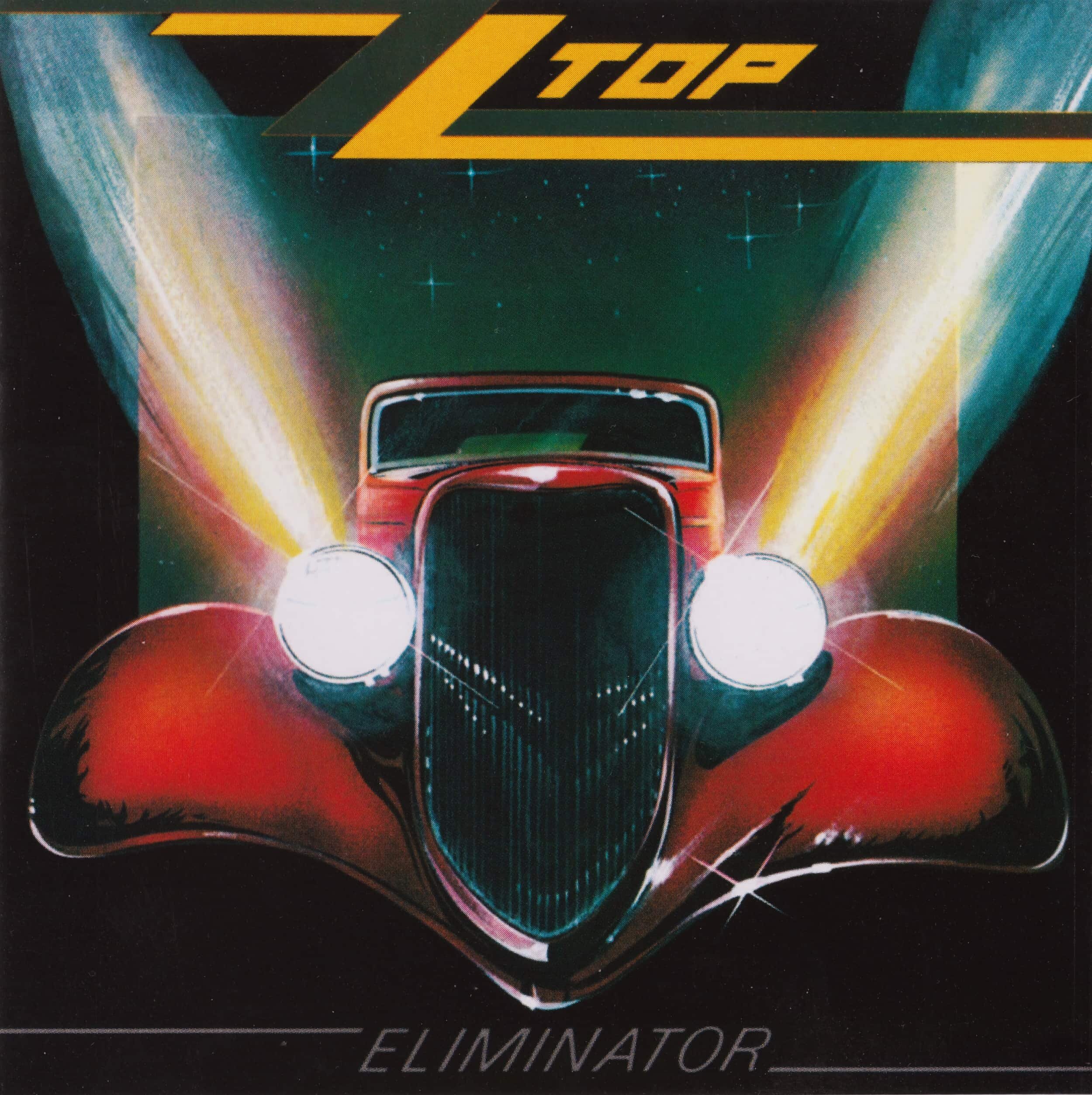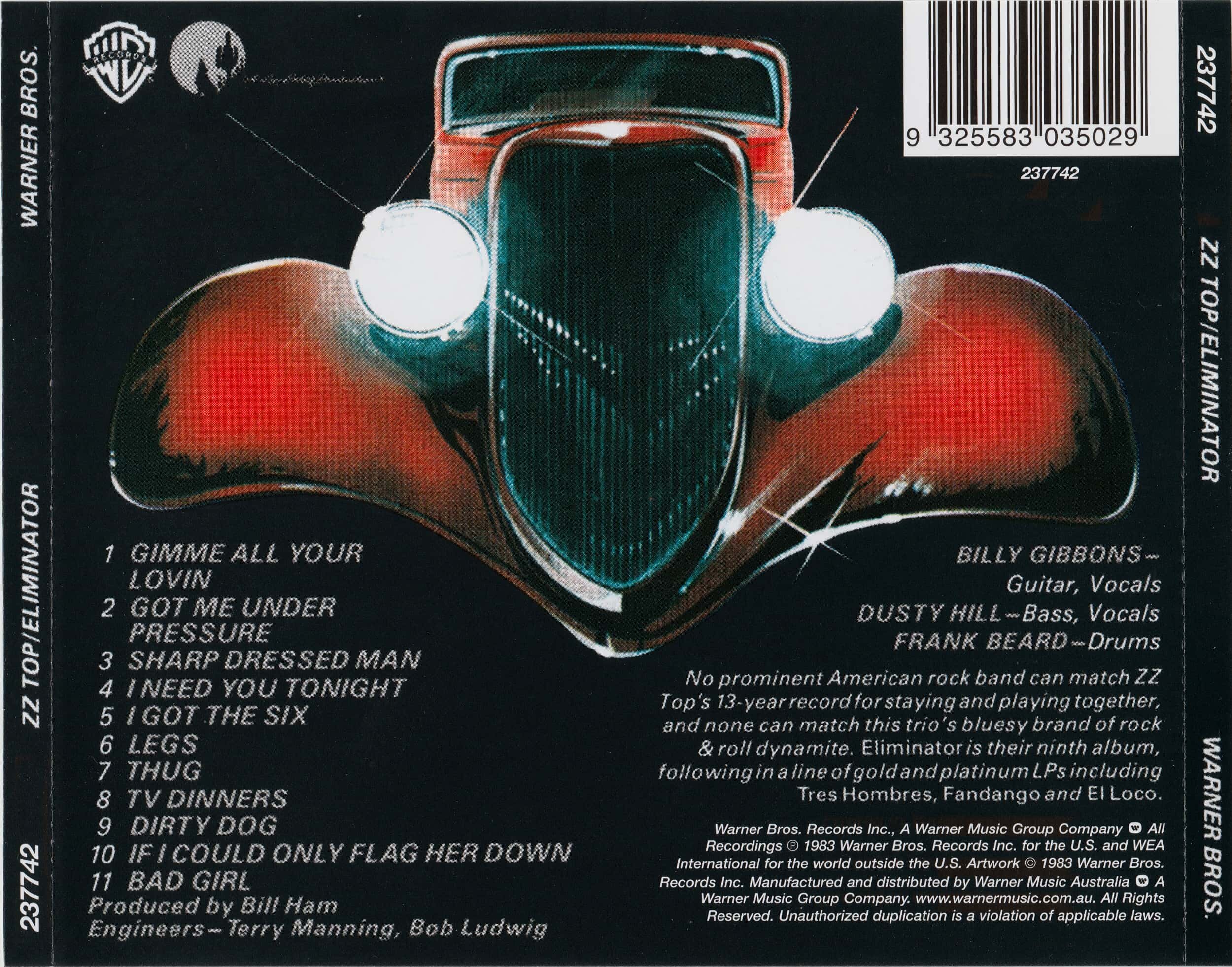Following Bon Scott’s unfortunate passing, it wouldn’t have been far-fetched to have seen AC/DC disband. After all, how could anyone match, surpass, or even complement Scott’s vocal prowess? I think by now we can all attest that Brian Johnson achieved those feats and was the ideal replacement. That said, it’s imperative that we remember Scott as a master vocalist, with a larger-than-life personality, that was pivotal in setting the stage for what AC/DC would ultimately become; an unbridled hard rock powerhouse that appealed to everyone.
As one of the best-selling albums in history, with sales exceeding 50 million units, Back In Black needs no fanfare, or even this review, for the album is a timeless classic. Some will declare it AC/DC’s greatest release, and I’d certainly put it towards the top of the list, but the strength of Back In Black is that it is a cohesive album experience. In fact, part of the appeal is that AC/DC was never drawn to the double-album hype, instead choosing sub 50-minute runtimes. Okay, so Black Ice is a 55-minute monster, but you get the idea. Back In Black comes in at 42 minutes and is the perfect length with never a dull moment or a B-side to be heard.
Naturally, the band and Johnson need to be celebrated for such a masterpiece, but the production team with Robert John "Mutt" Lange, once again, in the producer’s chair ensured that Back In Black was a further evolution and the perfect followup to Highway To Hell. Lange was also pivotal in suggesting Johnson to the band; a suggestion that is arguably one of the most influential in all of music history. While it may be blasphemous to suggest such a thing, as I listen to Back In Black, I can’t for the life of me consider how Scott would have recorded these songs. Yes, we’ve heard Johnson sing Scott’s tunes live over the years, but my mind doesn’t work in the opposite direction. Well, except for You Shook Me All Night Long, but that’s likely a controversy that we’ll never truly have a conclusive answer to as it has been suggested that it, or certain parts of it, was penned by Scott. Nevertheless, had Scott not died, I dare say Back In Black would have sounded considerably different. Not bad, by any means, just different!
While the music is iconic, so is the album artwork. You can’t help but think of Scott when you look at the cover art. It’s perfect!
What is also the definition of perfection is the (Hi-Res) Lossless Apple Digital Master. I’ve been fortunate to have owned the 2003 remastered CD and vinyl releases and both didn’t come close to the sonic reproduction I’m getting from Apple Music. The CD was a victim of the loudness wars but still sounded rather nice. The vinyl counterpart, however, suffered from inner groove distortion on the closing track for each side. It was the type of distortion that would irritate the senses every time I’d play the album. A shame, yes, but that is the nature of the format as it’s never quite perfect. While no format is without fault, the Apple Music stream is stunning with crystal clear sound, and an immersive and spacious soundstage, while also having the desired level of distortion that we all expect from AC/DC.
Hells Bells has the greatest opening of any song or album ever recorded. Seriously, the haunting bell toll is next-level and the entire mix is utterly brilliant (thank you, Tony Platt). Add the exceptional guitar work from both Angus and Malcolm Young, and the contributions from the rest of the band, and you’ve got an exceptional tune by any standards.
Shoot To Thrill is a monster tune. It’s the quintessential arena-filling song and remains as fresh in the modern era as it was when first released in 1980. There’s little doubt that Shoot To Thrill will exist in the social consciousness well after we’ve all taken our leave.
What Do You Do For Money Honey offers listeners a seamless transition and therefore leaves little doubt as to why so many declare that AC/DC simply record the same song over and over again with minute changes. While I don’t disagree with that position, a large part of their appeal is that we know exactly what we’re going to get.
Givin The Dog A Bone continues the rhythmic driving sound that we all love. While Back In Black isn’t necessarily my favourite AC/DC album, the blues-driven Stiff Upper Lip fills that position, there isn’t a bad song to be heard on the album and Givin The Dog A Bone is one of their best.
Let Me Put My Love Into You shifts the tempo slightly and there’s a real focus on a blues-based rhythm. No, AC/DC never recorded a ballad, but if you’re after a slower song that could, with a stretch of the imagination, make its way to a ballad playlist, then Let Me Put My Love Into You is the song for you.
Back In Black needs no introduction or fanfare. Just turn the volume up and enjoy!
You Shook Me All Night Long is a killer tune and if you’re listening on speakers, in the stereo sweet spot, there’s nothing quite like it. Yes, headphones give you a sense of the immersive soundstage, but via speakers that are correctly set up, you’ll feel as if you’re in the studio with the band. It’s an ethereal experience! That said, was it lead single material? I’m not sure it was the right decision but it’s hard to argue with a song that is so revered and is one of the best tunes to incorporate a double entendre.
Have A Drink On Me as a song on its own is perfect, but the transition from You Shook Me All Night Long presents a jolt to the senses that takes time to adjust to. It’s a minor frustration, as it’s got a killer blues-based rock and roll rhythm that I adore, but I sincerely hope you don’t suffer the same experience when listening to Back In Black linearly.
Shake A Leg has, as much of AC/DC’s music does, an incredible guitar tuning with the notes being held the perfect length of time while also maintaining just the right amount of distortion. Yes, Shake A Leg is a carbon copy of numerous other AC/DC songs, but I don’t care. I love it!
Rock And Roll Ain’t Noise Pollution is the perfect closer and is literally accurate. Although, don’t tell my neighbours for I detest their music choices and I don’t want them to think that their music is anything but noise pollution. That drawl slow-build opening is what rock and roll dreams are made of. Absolutely incredible! The result is that Rock And Roll Ain’t Noise Pollution encourages me to listen to Back In Black again; for you can never listen to this album only once. Additionally, as I listen to this final track, I can’t help but remain wowed and appreciative of the music that AC/DC has given us. No matter what life dishes out, we are incredibly blessed to have AC/DC's music to keep us company along the way.
Back In Black may have catapulted AC/DC to a level of success that dwarfed everything they had previously achieved, but it simultaneously became one of the greatest hard rock albums ever released while memorialising their former frontman. Back In Black truly knows no equal, it's a masterpiece!






















